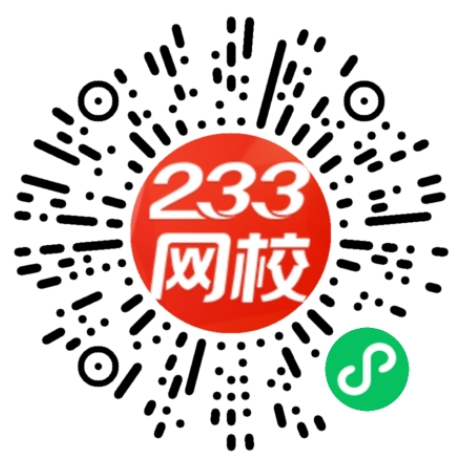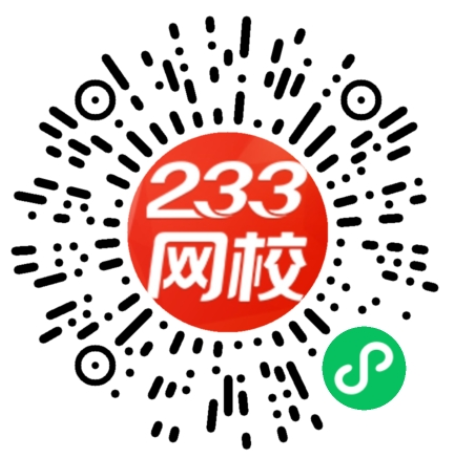Passage B
What do you do when everyone hates you? That is the problem faced by America’s pharmaceutical industry. Despite its successes in treating disease and extending longevity, soaring health-care costs and bumper profits mean that big drug firms are widely viewed as exploitative, and regarded almost as unfavorably as tobacco and oil firms (see chart). Last week, at a conference organized by The Economist in Philadelphia, the drug industry was offered some advice from an unlikely source: a tobacco firm. Steven Parrish of Altria, the conglomerate that includes Philip Morris, gave his perspective on how an industry can improve its tarnished public image.
Comparing the tobacco and pharmaceutical industries might seem absurd, or even offensive. “Their products kill people. Our products save people's lives,” says Alan Holmer, the head of the Pharmaceutical Research and Manufacturers of America, an industry association. Yet the drug giants currently face an unprecedented onslaught of class-action lawsuits and public scrutiny; industry bosses are being grilled by lawmakers asking who knew what and when. It is all reminiscent of what happened to the tobacco industry in 1994.
Mr. Parrish advised drug firms to abandon their bunker mentality and engage with their critics. Rather than arguing about the past, he said, it is better to move on, and give people something new to think about. (Philip Morris now acknowledges, for example, that cigarettes are addictive and deadly, and is trying to develop less harmful products.) Not everyone is open to persuasion, so focus on those who are, he said. But changing opinions takes time and demands deeds as well as words: “This is not about spin, this is about change.”
The pharmaceutical industry is pursuing a range of initiatives to mollify its critics, Mr. Holmer noted in his own speech. But Mr. Parrish suggested that speaking with one voice through a trade association might be counter-productive, since it can give the impression that the industry is a monolithic cartel. And too much advertising, he said, can actually antagonize people further.
The audience was generally receptive, claims Mr. Parrish. This is not the first time he has offered his thoughts on dealing with implacable critics. At a conference at the University of Michigan last year, he offered America’s State Department advice on improving America’s image in the Middle East. So does his prescription work? There has been a positive shift in attitudes towards tobacco firms, if only a small one. But at least, for once, a tobacco firm is peddling a cure, rather than a disease.
1. Why is America’s pharmaceutical industry so unpopular?
A. Because it, like tobacco and oil firms, does harm to people‘s health and environment.
B. Because it fails to cure disease and make people live longer.
C. Because the prices of its products are too high and its profit margin is too wide.
D. Because it exploits its employees.
2. Alan Holmer is quoted to illustrate that __________
A. the comparison between tobacco and pharmaceutical industries might seem ridiculous, or even insulting.
B. the pharmaceutical industries agree that they are similar to tobacco industry.
C. tobacco products do more harm to people than pharmaceutical products.
D. pharmaceutical industries are currently facing lots of problems.
3. According to the text, Mr. Parrish gives the following suggestions to drug firms except__________
A. To acknowledge the problems and try to do something to improve their images.
B. Not to react to the public in one voice through the drug association.
C. Not to care about the past.
D. To try to spend time and energy to persuade the majority of the audience who are open to persuasion.
4. The word “mollify” (Line 1, Paragraph 4) might mean?
A. placate
B. enrage
C. fight
D. relieve
5. What does the author imply by saying “This is not the first time he has offered his
thoughts on dealing with implacable critics.”?
A. Mr. Parrish has offered his advice to other on dealing with tough critics for several times.
B. Mr. Parrish has dealt successfully with other critics himself.
C. Mr. Parrish has given sound advice to drug firms.
D. Mr. Parrish has been of help to others on critical moments.
Section B Answering questions(20’)
Directions: Read the following two passages and then answer IN COMPLETE SENTENCES the questions which follow each passage. Use only information from the passage you have just read and write your answers on the answer sheet.
Questions 1-3
New tools offer new opportunities, but what are the risks and who benefits?
Human intervention for the improvement of crops, trees, livestock and fish is nothing new. For millennia, humans have bred, crossed and selected those varieties, ecotypes and breeds that were more productive, better adapted or particularly useful.
Conventional breeding practices can now be complemented by a number of new and powerful techniques. Some of these allow, for example, the propagation of plant material in glass tubes to keep it free of diseases, and the production of more sensitive and specific reagents for diagnosing diseases in plants, livestock and fish through tissue and cell culture. Others, often referred to as molecular methods, enable scientists to see the layout of the entire genome of any organism and to select plants and animals with preferred characteristics by “reading” at the molecular level, saving precious time and resources.
Modern biotechnology also includes an array of tools for introducing or deleting a particular gene or genes to produce plants, animals and micro-organisms with novel traits. This kind of genetic manipulation is called “genetic engineering” and the product is a genetically modified organism, or GMO. Both traditional and modern biotechnologies result in plants, animals and micro-organisms with combinations of genes that would not have come about without human intervention. It has to be emphasized, however, that biotechnology includes a range of techniques and products, and GMOs are but one of them.
“With the increasingly limited amount of new land available to agriculture, modern biotechnologies could complement and improve the efficiency of traditional selection and breeding techniques to enhance agricultural productivity,” says Mahmoud Solh, Director of FAO’s Division of Plant Production and Protection.
A plant or an animal resistant to a particular disease can be produced through a “traditional” breeding programme, that is, through crosses with resistant relative, selection and backcrossing again, or by the introduction of a gene that confers the resistance through genetic engineering. While the products of both approaches will be disease resistant, only the second one is a GMO. What is new is the ability of scientists to unravel the genome to look at the genes of an organism, and then make use of that information to change the organism, and even transfer genes to another organism very distant in the evolutionary scale. And that is where the controversy comes in.
“FAO recognizes that genetic engineering has the potential to help increase production and productivity in agriculture, forestry and fisheries,” says FAO’s Statement on Biotechnology. “It could lead to higher yields on marginal lands in countries that today cannot grow enough food to feed their people.” But, it adds, FAO “is also aware of the concern about the potential risks posed by certain aspects of biotechnology. These risks fall into two basic categories: the effects on human and animal health and the environmental consequences.”
These new tools offer new opportunities for solving problems where traditional techniques have failed. Genetically modified products are usually developed and used for large-scale commercial interests, and with a few exceptions, small-scale farmers have so far not benefited from the technology.
The articles in this focus are intended to provide background information on genetic engineering in agriculture for the non-specialist--what it is, how it is being used, how it might be used in the future and possible benefits and risks. If you are new to the subject, you might find it easiest to read the pages in the order shown in the column on the right. Those who would like to pursue the subject further may wish to visit.
1. According to the passage, what is called “genetic engineering”?
2. What are the potential benefits and risks of genetic engineering in agriculture?
3. Why are small-scale farmers unlikely to benefit from biotechnology?
相关推荐:
扫一扫二维码,加入考研微信群
超多干货福利随机掉落,志同道合小伙伴随时交流~ | 扫一扫二维码,关注233考研微信公众号
最新资讯第一时间知晓,备考经验技巧专栏传授 |











